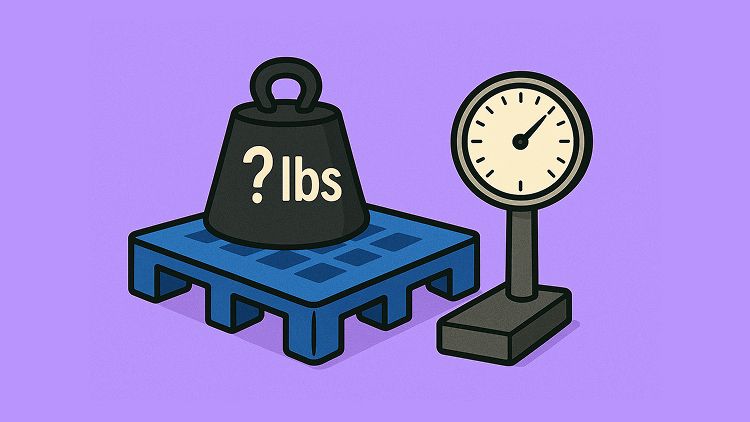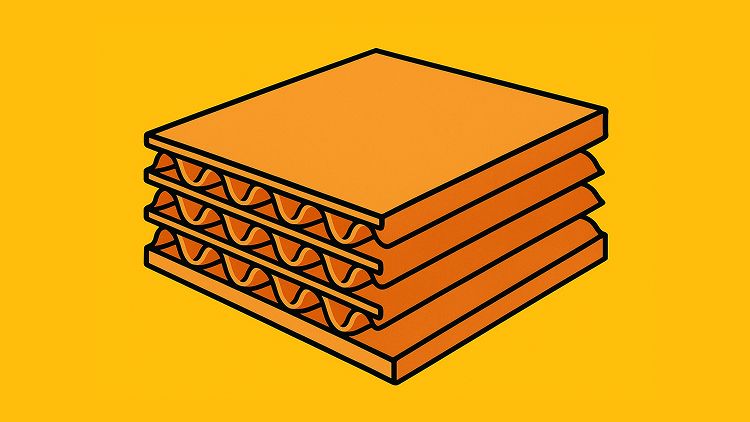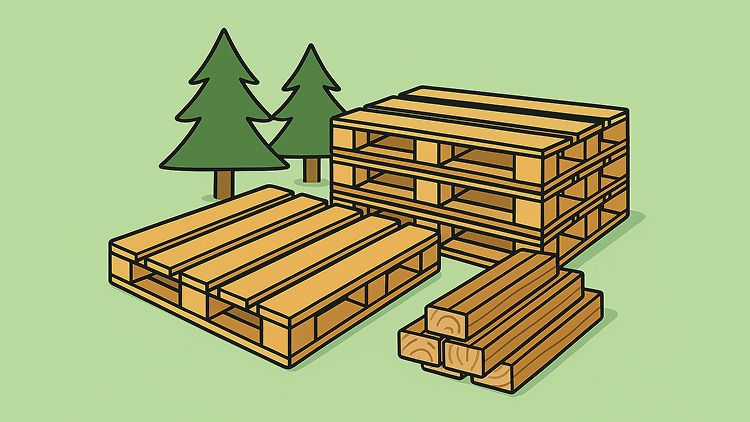Buying
Guides and insights to help businesses source the right packaging solutions at the best value.

These are common capacity ranges for 48"×40" plastic pallets in real operations. Dynamic (while lifted/moving): ~2,000–5,000 lb Static (stacked on floor): ~15,000–30,000+ lb Rack (unsupported beam/rack): ~1,000–3,000 lb per pallet, model-specific

Not all Gaylord boxes are built the same—and wall count is one of the biggest factors that determines how they perform. Whether you’re shipping lightweight recyclables or dense industrial materials, the number of walls directly affects how much weight a box can carry, how many times it can be reused, and how well it stacks in storage or transit.

Pallets are built to move product efficiently, not to showcase a single wood species. Most manufacturers use regionally available lumber that meets strength and cost targets. Understanding the common woods—and how design, treatment, and grading interact—will help you specify the right pallet for the job.

Before you start requesting quotes, know your options; after you review, pick the channel that fits your volume, lead time, and spec control. Manufacturers (OEMs) New drums, consistent specs, lining options, UN/DOT configurations. Best for regulated liquids and repeat orders; watch MOQs and lead times. Industrial Distributors Blend of brands and specs, fast availability, accessories in stock. Ideal for quick fulfillment or mixed-site deliveries; verify exact ratings per lot. Regional Container Yards / Local Suppliers Local pickup, budget-friendly used inventory, flexible quantities. Inspect for prior contents, rust, dents, and complete closure hardware. Wrap up by shortlisting 1–2 channels that balance freight, speed, and the spec control you need.

Fiber drums (cardboard barrels) are multi-wall fiberboard containers designed for dry, solid, or semi-solid materials. They balance low tare weight with high strength, simplify material handling (wide open top), and are recyclable at end of life. Add liners or coatings when moisture protection or cleanliness is required.

Buying plastic drums is easier when you know where to look and what to ask for. This guide walks through common sources, decisions to make up front, and a simple checklist you can send to any seller.

Quick answer: Plastic pallets are better when you need hygiene, dimensional consistency, and automation readiness—or to avoid ISPM-15 for export. Wood pallets are better for lowest upfront cost, easy field repair, and broad availability. The best choice depends on your loads, environment, and total cost per turn.

Short answer: it depends on condition (new vs. used), style (nestable/stackable/rackable), dimensions, design, and freight. Below are realistic B2B ranges and the levers that move price up or down so you can budget and estimate resale value.

Plastic pallets are widely used for shipping, storage, and product handling. Their hygiene, strength, and compatibility with automation make them a practical alternative to wood. But who actually buys plastic pallets? The answer depends on the industry and the application.

Plastic pallets are widely used for shipping, storage, and product handling. Their hygiene, strength, and compatibility with automation make them a practical alternative to wood. But who actually buys plastic pallets? The answer depends on the industry and the application.

IBC totes are designed for efficient bulk storage and transport, fitting neatly into standard warehouse racking and truck trailers. Understanding their size and weight is critical for:

When exploring used pallet options, you’ll often encounter the term Grade A. But what does it really mean? Simply put, Grade A pallets represent the highest standard in the used pallet market. They’ve been in circulation before, but by the time they’re offered for resale, they are in excellent condition with all necessary minor repairs already completed.

IBC totes, short for Intermediate Bulk Containers, are reusable, pallet-mounted containers designed for bulk storage and transport of liquids, semi-solids, and dry goods. They typically come in 275-gallon and 330-gallon capacities, with a plastic HDPE inner bottle encased in a protective steel cage.

Whether you’re selling or buying Gaylord boxes for bulk storage, one of the most common questions is about cost. Prices vary between new and used boxes, and within those groups, specialty designs like produce bins or HPT-41 models may shift the range. Here’s a breakdown of what to expect when it comes to cost and value.

If you work in manufacturing, recycling, food processing, or large-scale distribution, chances are you’ve come across the term Gaylord box. But what does “Gaylord” mean, why are they called that, and where can you buy them? This guide answers those questions and highlights the role Gaylord boxes play in industrial packaging.

